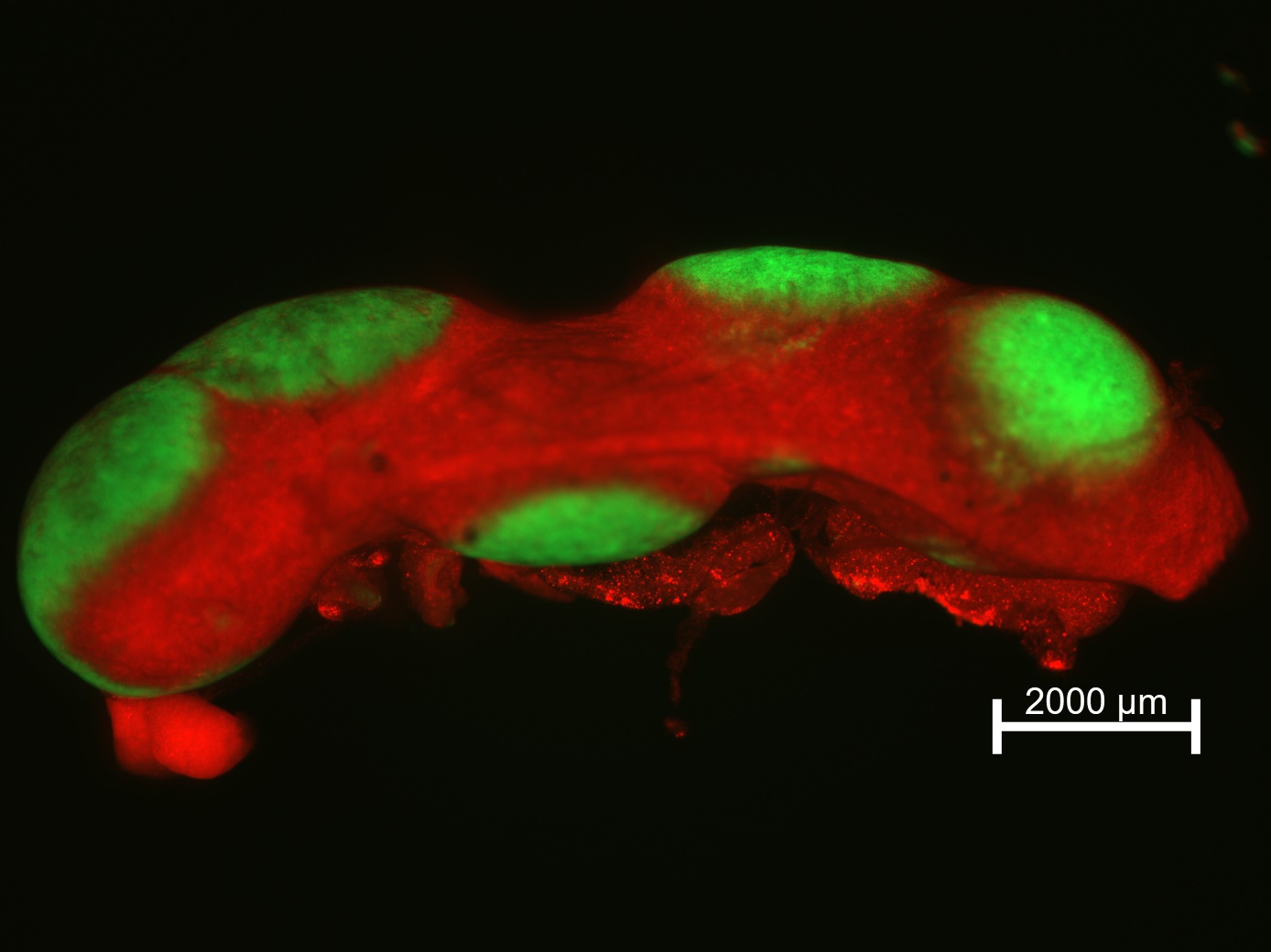
Determining Single-Cell Multilineage Capacity of Developmentally Restricted Hematopoietic Stem Cells (drHSCs)
Physical and Biological Sciences
MCD Biology
Hematopoietic stem cells (HSCs) can clonally expand throughout life, differentiate into all blood and immune cell types, and reconstitute depleted blood systems. They are the first clinically applied stem cell, and despite some success, substantial challenges remain in increasing efficacy and safety of hematopoietic cell transplantation. Emerging evidence suggests that unique HSC subpopulations exist at different developmental timepoints, some with functional characteristics which may prove to be clinically useful as therapeutic targets or benchmarks of HSC function. Mouse models of hematopoietic development make the interrogation of HSC subpopulation phenotype and function more feasible. The Forsberg lab has identified one such subpopulation, developmentally restricted HSCs (drHSCs), in a mouse lineage tracing model. The drHSC population exists transiently in situ between embryonic day E12.5 and neonatal day P14 and, as a population, maintains HSC functionality. This drHSC population has been observed to differentiate into lymphoid lineage cells with greater frequency than adult HSCs (aHSCs), but it is not clear if this bias is held at the single-cell or population level. Based on previous population-based experiments, I hypothesized that drHSCs will form multilineage colonies in in vitro and in vivo Colony Forming Unit (CFU) assays, and that all drHSC derived colonies will maintain a higher proportion of lymphoid cells when compared to aHSCs or other HSCs from the same timepoint. In support of my hypothesis, I observed multilineage drHSC-derived colonies in both in vitro and in vivo CFU assays and identified greater lymphoid lineage frequency in most drHSC derived colonies when compared to colonies derived from aHSCs or other HSCs from the same timepoint. This study supports the conclusion that drHSCs are clonal and lymphoid lineage biased.